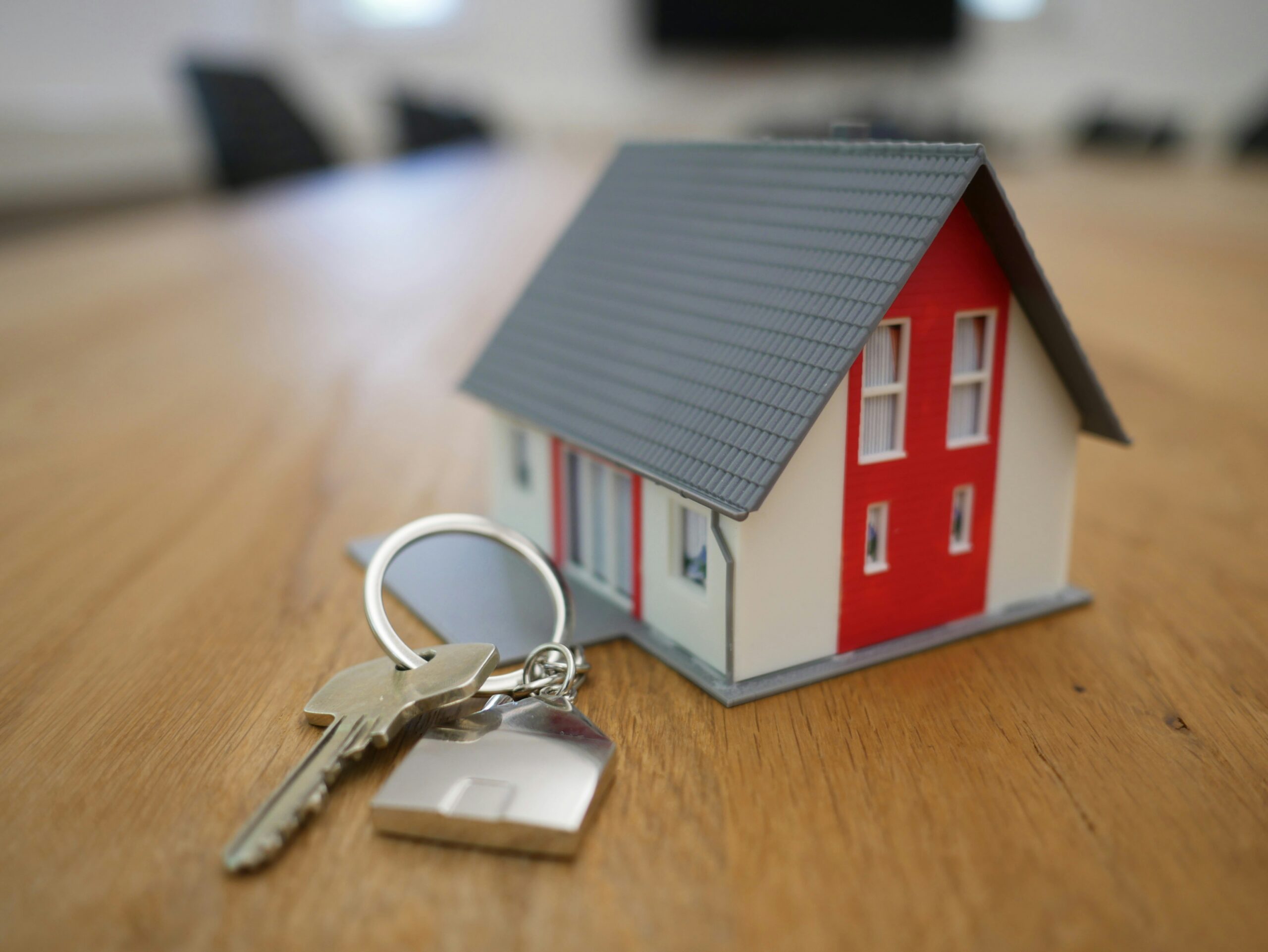
Property restoration is a multifaceted process that focuses on repairing structures and plays a crucial role in revitalizing communities. Whether after a natural disaster, economic downturn, or urban decay, community engagement has proven to be a key component in successful property restoration projects. This approach emphasizes the importance of working with residents, organizations, and businesses to ensure that the revitalization is sustainable, inclusive, and effective in creating lasting improvements for the area.
Understanding the impact of community engagement on property restoration is essential for both project developers and residents. Property development can become a collaborative effort that fosters social cohesion, economic growth, and improved quality of life for everyone involved by involving the community in every step of the restoration process.
Building Trust and Ownership
One of the most significant benefits of community engagement in property restoration is the trust it builds between residents, local businesses, and developers. When a project is imposed on a community without their input, there is often resistance, especially if the changes feel disconnected from the people’s needs or preferences. However, when local stakeholders are involved from the beginning, they are more likely to support the project and work together to address potential challenges.
By holding community meetings, surveys, and focus groups, developers can ensure they understand residents’ needs, desires, and concerns. In return, residents feel heard, valued, and respected, leading to a sense of ownership in the project. This sense of ownership can make individuals more invested in the success of the restoration effort and more willing to participate actively in ongoing improvements and maintenance.
Economic Empowerment and Job Creation
Community engagement also plays a vital role in the economic revitalization of an area. When initiating property restoration projects, they often bring job opportunities to local residents, especially in sectors like construction, landscaping, and maintenance. By hiring locally, the project boosts the local economy and creates a sense of pride among residents who can see tangible improvements in their community.
Furthermore, property restoration efforts can lead to the creation of new businesses, the renovation of existing commercial spaces, and an increase in tourism or local commerce. Engaging with local business owners and entrepreneurs during the restoration process can ensure that the revitalized area remains vibrant and continues attracting locals and visitors. When property restoration projects focus on fostering economic growth, they have a ripple effect that can improve the standard of living for everyone in the community.
Preserving Cultural Identity
Another critical aspect of community engagement in property restoration is the preservation of the area’s cultural identity. Communities often have unique histories, traditions, and landmarks residents hold dear. Through the restoration process, there is an opportunity to protect and showcase these elements, ensuring they are not lost in the face of modernization or urban development.
By involving community members in the restoration design and planning stages, developers can ensure that the architectural and cultural elements of the area are respected. This could mean preserving historical buildings, using local materials, or incorporating local artwork into public spaces. The preservation of cultural identity can help maintain a sense of continuity and pride among residents while also attracting those who appreciate the rich history of the community.
Social Cohesion and Well-Being
Property restoration does more than enhance the physical environment; it also contributes to the social fabric of a community. Engaging residents in the restoration process provides opportunities for individuals to connect, collaborate, and build relationships with one another. This social cohesion is essential for creating a thriving community where people feel supported, included, and part of something larger than themselves.
Moreover, a well-restored property can significantly impact the mental and emotional well-being of residents. Living in a clean, safe, and aesthetically pleasing environment can reduce stress, improve mental health, and increase overall life satisfaction. When people feel connected to their surroundings and have a stake in their community’s success, they are more likely to maintain and care for the area, contributing to long-term improvements in the community’s quality of life.
Environmental Sustainability
Sustainability is another area where community engagement can make a meaningful difference in property restoration. Involving residents and environmental organizations in the planning stages of a restoration project can lead to both environmentally responsible and beneficial solutions for the community. For example, using energy-efficient building materials, creating green spaces, or implementing sustainable water management practices can reduce the environmental footprint of restoration efforts while also providing long-term cost savings for the community.
By incorporating sustainable practices into property restoration, developers can demonstrate a commitment to environmental stewardship and ensure the community is positioned for future success. When residents understand the ecological benefits of restoration projects, they are more likely to embrace and support these efforts, further strengthening the bond between the community and the restoration initiative.
A Collaborative Approach to Success
At the heart of property restoration is the idea that the process is not just about fixing buildings—it’s about building a stronger, more resilient community. Community engagement helps ensure that the people most affected by the changes can shape their neighborhood’s future. When residents, businesses, and developers work together, the restoration process becomes a collaborative effort that benefits everyone involved.
Whether through economic revitalization, cultural preservation, or social well-being, the role of community engagement cannot be overstated. By prioritizing local involvement in property restoration projects, we create spaces that are not only physically restored but also emotionally, socially, and economically revitalized. This holistic approach leads to stronger communities, a higher quality of life, and a sense of pride and ownership that lasts for generations.
In conclusion, the success of property restoration is rooted in the collective effort of all those involved. Developers who understand the value of community engagement will reap the benefits of strong, supportive partnerships that help ensure the success of their projects and the long-term well-being of the areas they serve.